How to Reconstitute TB 500
TB 500 has gained significant attention in research circles for its potential role in healing and tissue regeneration. However, before it can be studied, it must be properly prepared. This peptide comes in a freeze-dried powder form and requires a specific mixing process known as reconstitution. Understanding how to reconstitute TB 500 is the first and most crucial step for any researcher. This guide provides clear, step-by-step instructions for preparing TB 500 for your research purposes, ensuring you handle it safely and effectively.
Understanding TB 500 and Its Role in Healing
TB 500 is a synthetic peptide that mirrors the properties of a naturally occurring protein in the body, Thymosin Beta-4. Its primary function in a research context is to study its effects on tissue repair and healing. By understanding its mechanisms, researchers can explore new avenues for addressing injuries and promoting recovery.
Although it shows promise, remember that TB 500 is sold as a research chemical and is not approved for human use. This guide will help you understand its properties and prepare it correctly for your studies.
What Is TB 500 and How Does It Work?
So, what exactly is this compound? TB 500 is a synthetic fragment of a protein made of a specific sequence of amino acids. It is not a steroid or a growth hormone. Instead, its function is tied to regulating actin, a protein crucial for cell structure and movement. This regulation is believed to enhance cell migration, which is a key part of the body’s healing process.
When studied, TB 500 is observed to promote angiogenesis (the formation of new blood vessels) and reduce inflammation. This helps deliver more oxygen and nutrients to damaged areas, supporting the body’s natural repair mechanisms. These properties make it a fascinating research peptide for investigating soft tissue regeneration.
The step-by-step process for reconstituting TB 500 from a vial involves gathering the right supplies, carefully mixing the peptide with bacteriostatic water, and calculating the correct dosage for your research. We will cover this in detail later in the guide.
Healing Benefits and Typical Uses of TB 500
The primary interest in TB 500 revolves around its potential for accelerating tissue regeneration and injury recovery. Researchers often study its effects on a wide range of issues, from muscle tears and tendonitis to chronic joint pain. Because it works systemically, it doesn’t just target one area; instead, it can support healing throughout the body.
One of the most notable benefits being explored is its ability to reduce inflammation at the site of injury. This can lead to decreased pain and improved mobility, making it a valuable subject in studies related to physical therapy and athletic recovery. Are you looking into ways to support muscle growth and repair? TB 500’s role in cell proliferation makes it a popular candidate.
Ultimately, its common uses in a research setting focus on speeding up the healing of soft tissues like ligaments, tendons, and muscles. This systemic action makes it a powerful tool for investigating comprehensive recovery strategies.
Essential Supplies Needed for Reconstituting TB 500
Before you begin the reconstitution process, gathering all the necessary supplies is essential. Having the right equipment on hand ensures you can perform the mixing process safely and accurately, which is critical when working with research peptides. You can’t just add any water; you need a specific type to maintain sterility.
From the TB 500 vial itself to sterile syringes and bacteriostatic water, each item plays a vital role. Let’s look at exactly what you’ll need to prepare your research chemical properly.
List of Required Equipment and Materials
To correctly reconstitute TB 500, you will need a few key pieces of equipment. Using sterile, appropriate materials is non-negotiable for ensuring the purity and stability of the research chemical. Do you have everything you need? Let’s check the list.
Here are the essential supplies you’ll want to have ready before you start:
- One vial of lyophilized (freeze-dried) TB 500
- A vial of bacteriostatic water
- Alcohol prep pads
- A 1 mL insulin syringe for administration
- An optional larger syringe (e.g., 3 mL) for mixing
Having these items organized on a clean surface will make the entire process smoother and safer. When handling research peptides, precision and cleanliness are your top priorities. Sourcing high-quality supplies is just as important as sourcing the peptide itself, as this prevents contamination and ensures you are working with a pure product.
Choosing the Right Bacteriostatic Water and Why It Matters
You might wonder, can’t I just use regular water? The answer is a firm no. Bacteriostatic water is sterile water that contains 0.9% benzyl alcohol, an agent that prevents bacteria from growing. This is crucial for maintaining the safety and integrity of the reconstituted peptide, especially if a vial will be used for multiple administrations.
Using anything other than bacteriostatic water, such as tap water or even distilled water, introduces a high risk of contamination. Bacteria can degrade the peptide, rendering it ineffective and potentially harmful. Storing a peptide at room temperature after mixing with non-sterile water would create a breeding ground for microorganisms.
For reconstituting a 5mg vial of TB 500, a common practice is to use 1 mL or 2 mL of bacteriostatic water. Using 1 mL makes dosage calculations straightforward, as each 0.1 mL (10 IU on an insulin syringe) would contain 500 mcg of TB 500. Using 2 mL would mean each 0.1 mL contains 250 mcg.
Step-by-Step Guide to Reconstituting TB 500
Now that you have your supplies and understand their importance, it’s time to learn how to reconstitute TB 500. This section provides detailed mixing instructions and explains how to perform accurate dosage calculations. Following these steps precisely is key to preparing a stable solution for your research.
Proper reconstitution is the foundation for obtaining reliable and consistent results that align with your recovery goals. Let’s walk through the process together to ensure you do it right.
Safe Handling and Preparation Practices
Safe handling is paramount when working with any research peptide. Improper handling can lead to contamination, which can degrade the product and compromise your research, regardless of injury severity. The safest way to handle and mix TB 500 begins with preparing your workspace.
Always start by washing your hands thoroughly and cleaning your work surface. Lay out all your sterile equipment on the clean area. It’s important to treat this process with the same care you would in a laboratory setting.
Here are some key safety practices to follow:
- Wipe the rubber stoppers of both the TB 500 vial and the bacteriostatic water vial with an alcohol pad.
- Use a new, sterile syringe for every step of the process.
- Never touch the needle or the rubber stoppers with your bare hands after they have been sterilized.
- Avoid shaking the vial during or after reconstitution.
Detailed Mixing Instructions with Dosage Calculations
With your sterile workspace ready, you can now begin mixing. Draw your desired amount of bacteriostatic water into a syringe—for this example, we’ll use 1 mL. Slowly and gently inject the water into the vial of TB 500, aiming the stream against the side of the glass wall to avoid foaming.
Once the water is added, do not shake the vial. Instead, gently swirl it or roll it between your fingers until the powder is completely dissolved. The solution should be clear. If it’s cloudy, it may indicate a problem with the product or the mixing process.
After reconstitution, calculating the correct dosage is simple. The final concentration depends on how much water you added. Your dosage will not depend on body weight or site of injury but on the concentration you created.
| Amount in Vial | Bacteriostatic Water Added | Concentration per mL | Concentration per 0.1 mL (10 IU) |
|---|---|---|---|
| 5 mg (5000 mcg) | 1 mL | 5000 mcg/mL | 500 mcg |
| 5 mg (5000 mcg) | 2 mL | 2500 mcg/mL | 250 mcg |
Common Mistakes to Avoid When Reconstituting TB 500
Even with the best intentions, mistakes can happen during reconstitution. Knowing the common pitfalls can help you avoid them, ensuring your research peptide remains effective and safe for your intended research purposes. Improper handling or incorrect calculations are two of the most frequent errors.
These mistakes can lead to inaccurate research data and potential side effects if the product’s integrity is compromised. Let’s explore these common errors so you can confidently prepare your TB 500.
Dosage Miscalculations and Improper Handling
One of the most critical mistakes to avoid is dosage miscalculation. If you add 2 mL of water instead of 1 mL and forget to adjust your math, your research dose will be half of what you intended. This can skew the results of studies on conditions like chronic inflammation, where consistent dosing is key. Always double-check your calculations before administration.
Improper handling is another significant issue. Shaking the vial vigorously can damage the fragile peptide chains, rendering the TB 500 ineffective. Similarly, failing to use alcohol wipes to sterilize the vial tops can introduce bacteria, leading to contamination of your entire supply.
Forgetting to refrigerate the reconstituted vial is also a common oversight. Peptides are sensitive to temperature and light, and leaving them out can cause rapid degradation. Taking shortcuts in handling and storage will ultimately compromise the quality of your research.
Troubleshooting Incomplete Dissolution or Cloudiness
What should you do if the TB 500 powder doesn’t seem to be dissolving or if the final solution appears cloudy? First, stay calm and do not shake the vial. Vigorous agitation is the enemy of peptide stability. Incomplete dissolution can sometimes occur if the water is added too quickly or if the vial is not swirled enough.
Your first troubleshooting step should be to let the vial sit for a few minutes. Then, continue to gently roll it between your palms or swirl it slowly. This gentle motion is often enough to encourage the remaining particles to dissolve without damaging the peptide structure How to Reconstitute TB 500.
If the solution remains cloudy or particles are still visible after several minutes of gentle swirling, it could be a sign of a low-quality or contaminated product. In this situation, it is best to discard the vial for safety reasons. A properly reconstituted, high-purity peptide should result in a perfectly clear solution.
Best Practices After Reconstitution
Once you’ve successfully reconstituted your TB 500, your job isn’t done. Proper storage is crucial for maintaining the peptide’s potency and ensuring it remains stable for the duration of your research. Leaving it at room temperature is not an option.
Correct post-reconstitution practices, especially refrigeration, will protect your investment and ensure that every dose is as effective as the first. Let’s go over the best ways to store and monitor your reconstituted TB 500.
Storage Requirements and Refrigeration Tips
Yes, it is absolutely necessary to refrigerate TB 500 after reconstitution. Once mixed with bacteriostatic water, the peptide becomes vulnerable to degradation. Keeping it at room temperature for even a short period can significantly reduce its potency. Refrigeration slows down this degradation process, preserving the peptide’s chemical structure How to Reconstitute TB 500.
For optimal storage, place the vial in the main body of your refrigerator, not in the door where temperatures can fluctuate. Storing it incorrectly can not only make it less effective but may also increase the risk of issues like injection site irritation if the product begins to break down.
Here are some quick refrigeration tips:
- Store the vial upright in a dark container, like its original box, to protect it from light.
- Keep the refrigerator temperature between 36°F and 46°F (2°C and 8°C).
- Do not freeze the reconstituted solution, as this can damage the peptide molecules.
Potency Duration and Monitoring Safety Over Time
When properly reconstituted and refrigerated, TB 500 typically remains potent and safe for research use for about 7 to 10 days. Some reports suggest it may last longer, but sticking to this timeframe is the safest bet to ensure the solution is still effective and has not degraded How to Reconstitute TB 500.
Monitoring safety over time is essential. Before each use, visually inspect the solution. It should always be clear. If you notice any cloudiness, discoloration, or floating particles, it is a clear sign that the peptide has degraded or become contaminated. In this case, you should discard the vial immediately to avoid potential side effects.
Treating the expiration date seriously is part of responsible research. Using a peptide past its stable window means you are no longer working with a reliable compound, which can invalidate your research findings. Always label your vial with the reconstitution date to keep track.
FAQs (Frequently Asked Questions)
Curiosity about TB 500 often leads to a range of questions. Many users wonder about the role of bacteriostatic water in the reconstitution process. It’s essential to use this solvent to ensure the stability of the synthetic peptide. Users commonly inquire about potential side effects associated with TB 500, especially in relation to tissue repair and recovery goals. Proper understanding helps individuals achieve optimal results while minimizing risks linked to injection site irritation or complications during physical therapy sessions.
Can TB 500 be mixed with other peptides like BPC-157 in the same vial?
Mixing different research peptides like TB 500 and BPC-157 in the same vial or syringe is generally not recommended. Each synthetic peptide has a unique chemical structure and stability profile. Co-mixing can compromise the integrity of both compounds, potentially reducing their effectiveness. For best results, reconstitute and administer each peptide separately.
What should I do if TB 500 doesn’t fully dissolve after reconstitution?
If you experience incomplete dissolution after adding bacteriostatic water, continue to gently swirl the vial for a few more minutes. Do not shake it. If particles persist or the solution is cloudy after this troubleshooting, it may indicate a quality issue. For informational purposes, it is safest to discard the vial.
How long does reconstituted TB 500 remain safe and effective to use?
Reconstituted TB 500 generally maintains its potency duration for 7 to 10 days when stored correctly in a refrigerator. To ensure safe use, always monitor the solution for clarity before administration. Adhering to this expiration window is crucial for maintaining the peptide’s effectiveness and stability for your research How to Reconstitute TB 500.
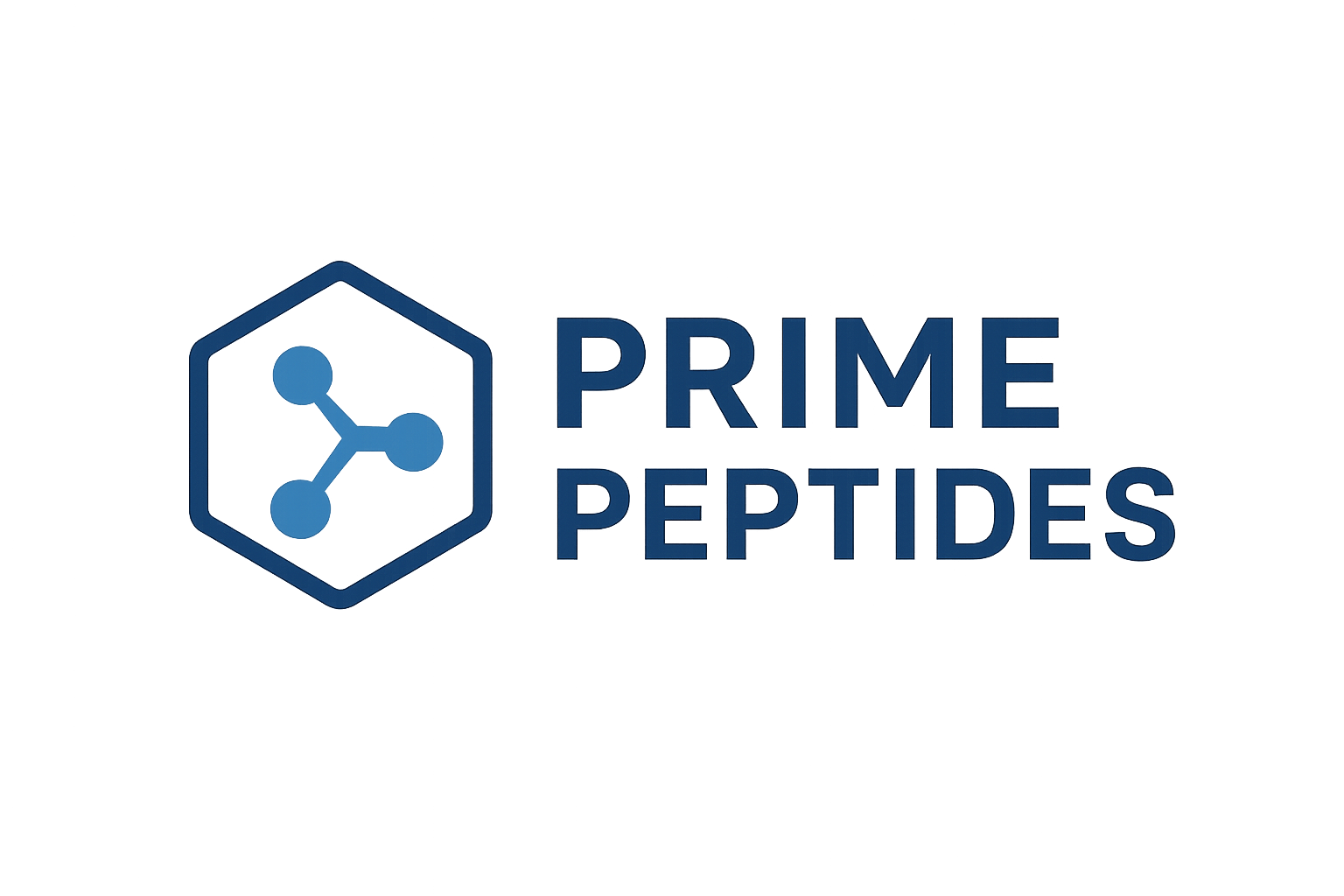

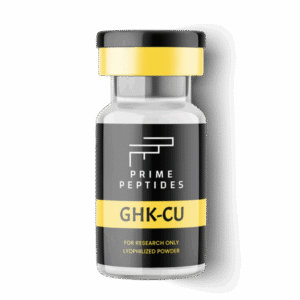
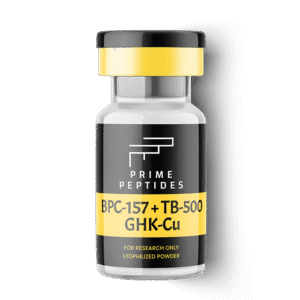
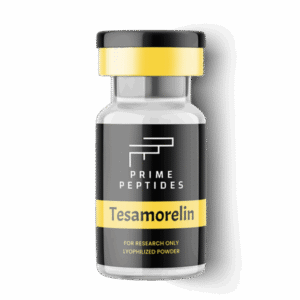
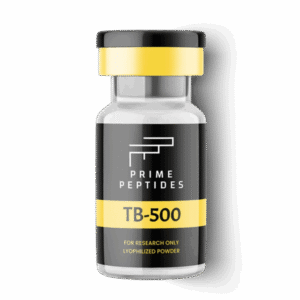
Reviews
There are no reviews yet.